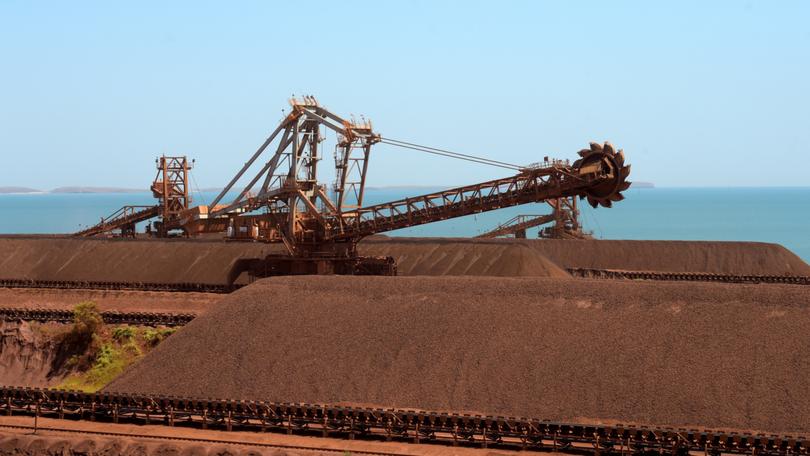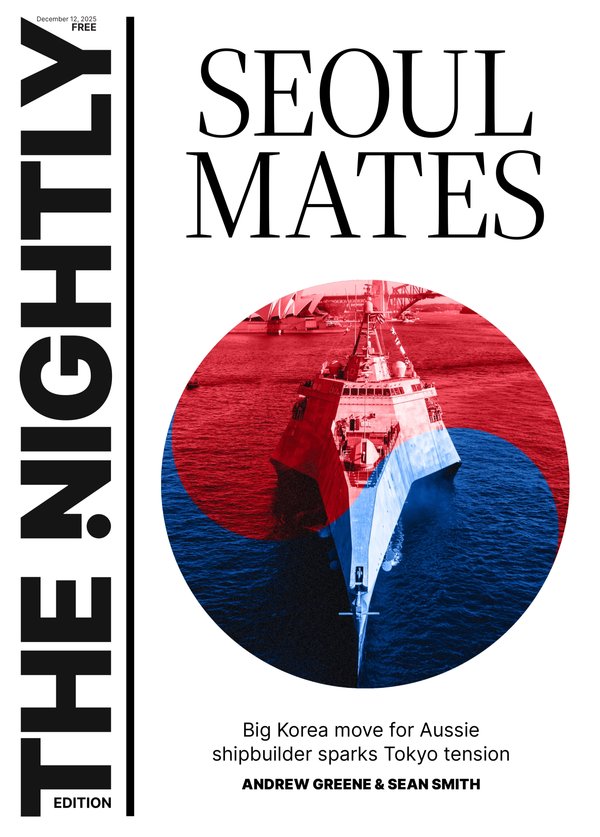Rio Tinto chops 120 in-house tradie jobs at its WA iron ore mines and outsources the work to contractors

A cost-cutting crusade across Rio Tinto’s highly profitable WA iron ore empire rages on with the latest purge striking about 120 jobs.
The Nightly understands Rio last week told about 120 tradespeople at its Pilbara mine site services division that their roles were being outsourced to contractors.
It is believed some of those affected workers were offered different jobs within the mining giant’s operations, but others have been made redundant.
Sign up to The Nightly's newsletters.
Get the first look at the digital newspaper, curated daily stories and breaking headlines delivered to your inbox.
By continuing you agree to our Terms and Privacy Policy.“We continually look for ways to align our workforce with ongoing operational requirements and clarify parts of our operating model to ensure the right work is happening in the right place,” a Rio spokeswoman said.
“We are still working through what these changes mean for each of our employees and our supply partners.
“We are committed to keeping them informed throughout the process.”
Rio’s iron ore division employs more than 17,000 people spread across 17 Pilbara mines that produce about 328 million tonnes of the steelmaking commodity a year.
It is not known how many mine sites were caught up in the latest cull, which comes less than three months after The West revealed that Rio sacked up to 100 production staff across the West Angelas, Brockman 4 and Nammuldi sites.
Cutbacks of Rio’s core operational iron ore workforce in WA are a rarity in recent years, given the miner still makes a large profit margin on the product it ships to China, even when prices are below $US100 a tonne. The spot price is currently at $US106/t.
Rio’s WA iron ore arm generated about $8 billion of underlying earnings during the first half of 2024. Its second half results will be released later this month.
But Rio is facing challenges replenishing the supply stream from its iron ore heartland as the quantity and quality of product from the ageing stable of mines dwindles.
WA’s environmental umpire in November recommended the proposed Hope Downs 2 and Brockman Syncline developments be approved, but only if the mining footprints are scaled back.
A month prior, Rio cancelled plans for a new iron ore deposit as part of its Rhodes Ridge expansion. The Anglo-Australian miner said the move would help save a habitat of ghost bats and reduce resource demand on traditional owner groups.
Rio is more than half way through building its majority-owned $3.1b Western Range mine, which is slated to be the next Pilbara cab off the rank this year.
The London-headquartered business is mainly focusing on West Africa for the next phase of iron ore growth.
Rio is spending $US6.2b ($9.8b) to develop its portion of the mammoth Simandou iron ore mine in the West African country of Guinea.
Simandou will export 120mt of high grade iron ore annually, starting from the tail end of this year.
The significant amount of iron ore Simandou is set to inject into the global market has given the project a moniker within the mining industry of ‘Pilbara Killer’, given the region’s current supremacy in supplying the world’s iron ore.
Rio has refuted that suggestion, instead saying Simandou will help enable the Pilbara iron ore’s continued viability by blending the lower grade Pilbara ore with Simandou’s higher grade ore before the end product is sold to steelmakers in China.
